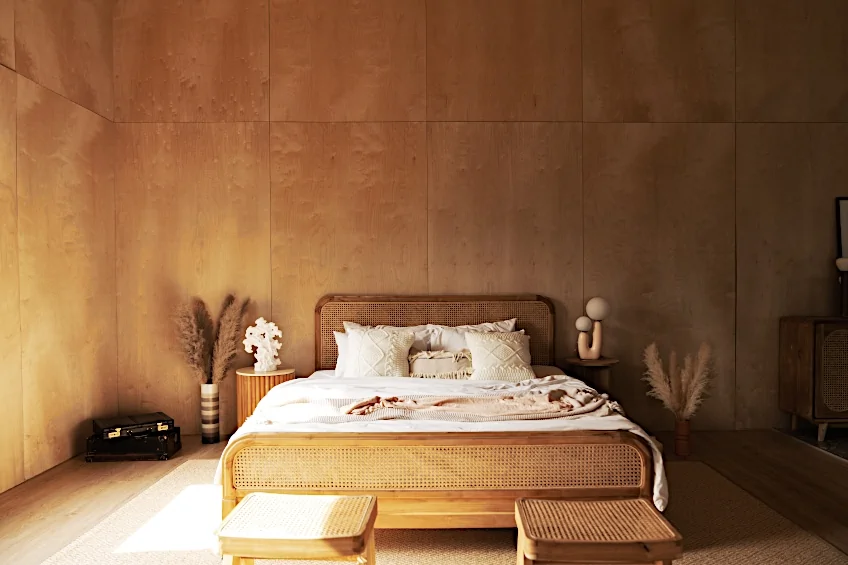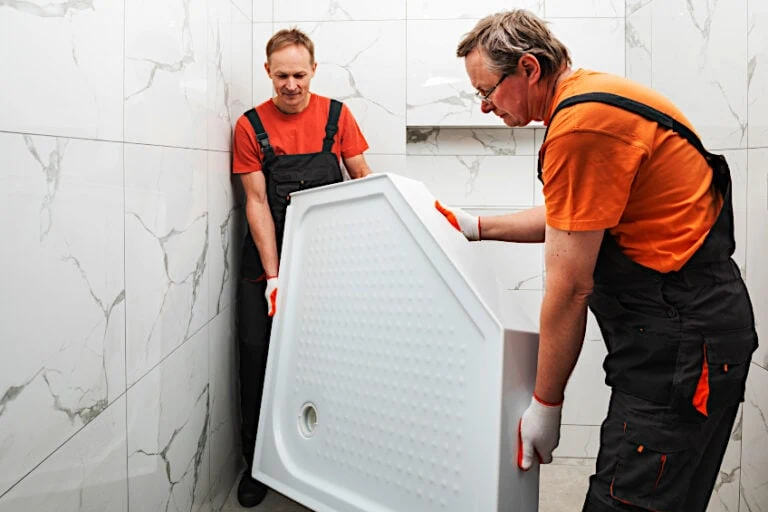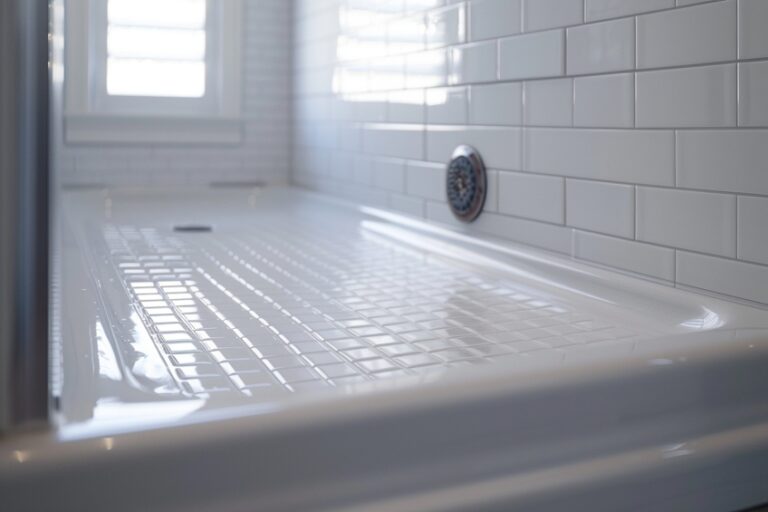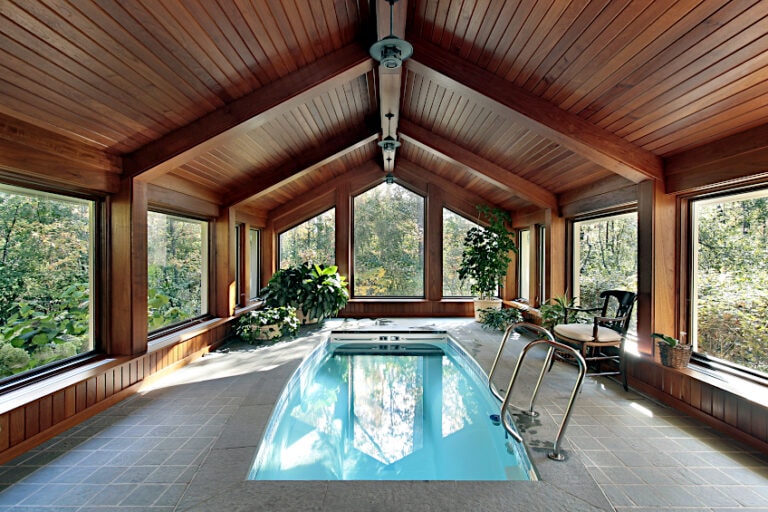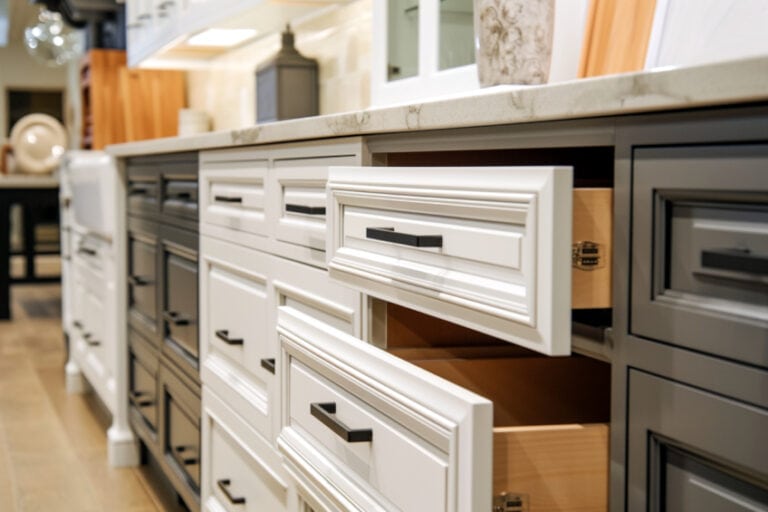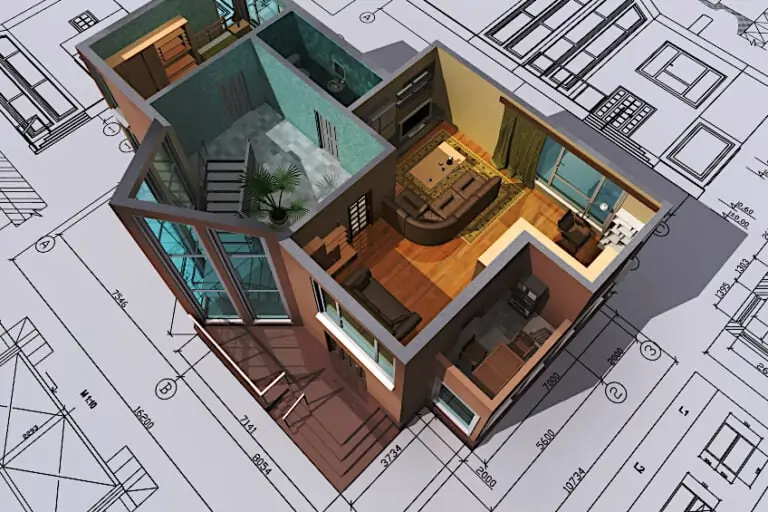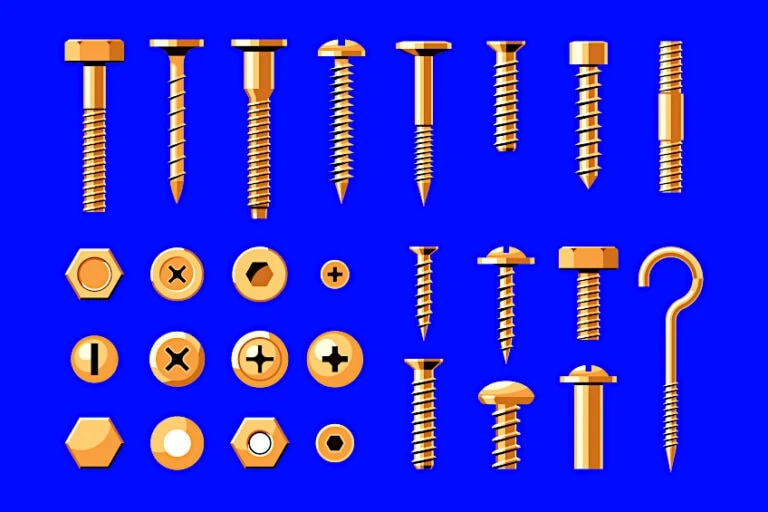Plywood Sheet Sizes – Standard Sizes, Thicknesses, and Grades
This post may contain affiliate links. We may earn a small commission from purchases made through them, at no additional cost to you.
Plywood has become a huge part of all our lives. It doesn’t really matter where you live; the majority of the world has plywood present in their daily lives, but in the US, the use of this material has become ever more present since it became readily available. How popular is plywood in our lives today though? Well, considering that the US used roughly 716 million tons of plywood back in 2018, and that that number has exponentially increased in more recent years, it’s pretty safe to say that America likes plywood quite a bit. This being said, what is plywood and what sizes can it be found in that makes it such a versatile and widely used material? Let’s have a look at these questions and whether its popularity is reasonable or not.
What Is Plywood?
Without getting into the nitty-gritty of everything, plywood is essentially made of multiple layers of wood that have been glued and pressurized together. Plywood can be made up of one wood species or different wood species that have been joined together to achieve certain characteristics. This means that plywood can be designed for various, highly specified applications in various industries which is one of the many reasons it’s such a widely used material.
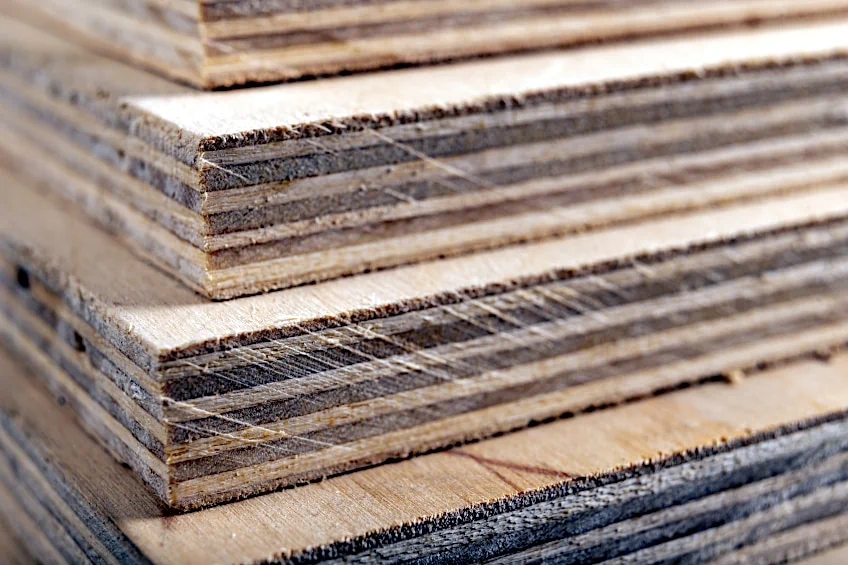
This being said, it’s still given a lower stature compared to solid wood types and as a result, is a lot cheaper than solid wood boards. This might be considered strange due to how impressive this material is and that it can be made to fit essentially any application you need it for. However, no matter how believable plywood is at impersonating solid wood, it has never been able to replace the feel and texture of real wood.

On that note, plywood can be made to look like any type of wood you’d like. How does it achieve this? Well, plywood can be topped with a layer of veneer which is basically a thin layer of wood placed on the surface of the board. Veneer can be made of any wood species, from oak to walnut, essentially making it possible for plywood workpieces to look exactly like hardwood, except it won’t have the texture and weight of the aforementioned wood types.
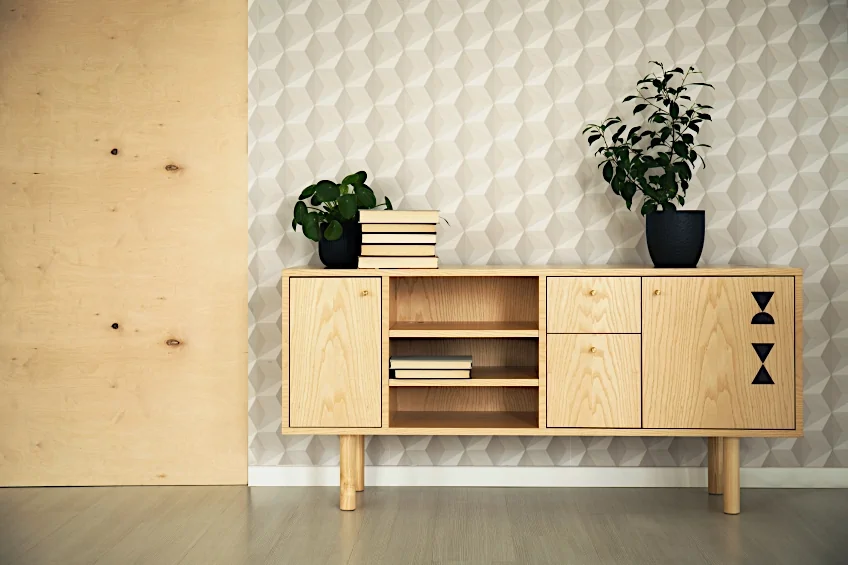
It should be mentioned that although there are plywood variations that are exceptionally strong, they aren’t often used for load-bearing applications due to the way they’re structured. This doesn’t mean that they’re incapable of handling a load, it just means that solid wood is a lot better suited to the task due to its inherent density and naturally uniform structure.
Plywood Sheet Sizes
Plywood sheet sizes are designed to fit a variety of applications that have become commonplace in everyday life. Whether you’re a contractor looking to build some kitchen countertops or a DIY weekend warrior looking to get some custom work done most lumber retailers stock plywood sheets sized conducive to these applications. This being said, plywood sizes can also be customized in-store (and online) for you, but for now, let’s have a look at some standard plywood sizes you’ll encounter.

Standard plywood sizes are derived from the most common applications for plywood. For basic DIY applications and small to medium scale contractor applications, the standard plywood sizes are usually 4×8, 2×2, 2×4, 4×4, and 6×8 feet.
This being said, life can be unpredictable, and this can result in you needing to use boards that are outside of the standard plywood sizes. In this instance there are other plywood sizes available such as five- and 10-foot-wide boards as well as the seldom used 6×8 foot sizes. These sizes are great for unconventional applications because they can be used either as they are or cut into custom sizes and shapes to suit your needs.

In order to make things a shade simpler, we have made a little plywood size chart for you below. As with plywood thickness, there are many charts like these available both in-store and online, so ensure that you use a plywood size chart that corresponds with your native measuring system to avoid any confusion. For your convenience, we have provided the common plywood sizes in both metric and imperial measurements:
| Common Plywood Sizes (Imperial Ft) | Common Plywood Sizes (Metric mm) |
| 4 x 8 | 1219 x 2438 |
| 5 x 5 | 1524 x 1524 |
| 1 x 2 | 305 x 609 |
| 1 x 8 | 305 x 2438 |
| 3 x 4 | 914 x 1219 |
| 2 x 2 | 610 x 610 |
| 2 x 4 | 610 x 1219 |
| 4 x 4 | 1219 x 1219 |
Plywood Thickness Grades
While searching for the right plywood for your next workpiece, the chances are that you’re probably only interested in the surface area of the wood board. However, the thickness of your plywood is also important and shouldn’t be overlooked. After all, the last thing you want is to purchase plywood with the perfect surface dimensions only to find out that it needs to be sanded down because it’s too thick, or that it’s not thick enough for your application.
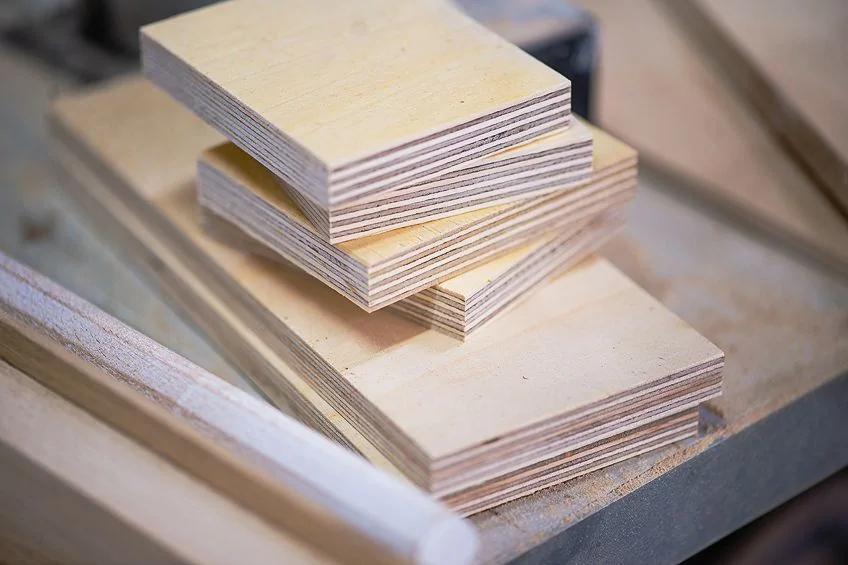
This being said, it’s a good idea for you to familiarize yourself with the common thicknesses that plywood boards are sold in. This can save you loads of time and money, not to mention the effort of either returning plywood that you cannot use or having to endure a long sanding process to achieve your desired thickness. What are the standard plywood thicknesses then?
Typical thicknesses you’ll encounter with everyday plywood boards are roughly 1/8 in (inch) and 1 1/14 in, but these measurements aren’t always entirely accurate. Why? Well, during the manufacturing process it’s not uncommon for as much as 1/38 of the plywood’s thickness to be lost. This being said, if you’re engaged in high precision woodwork such as wood joints, you should take this into account beforehand.
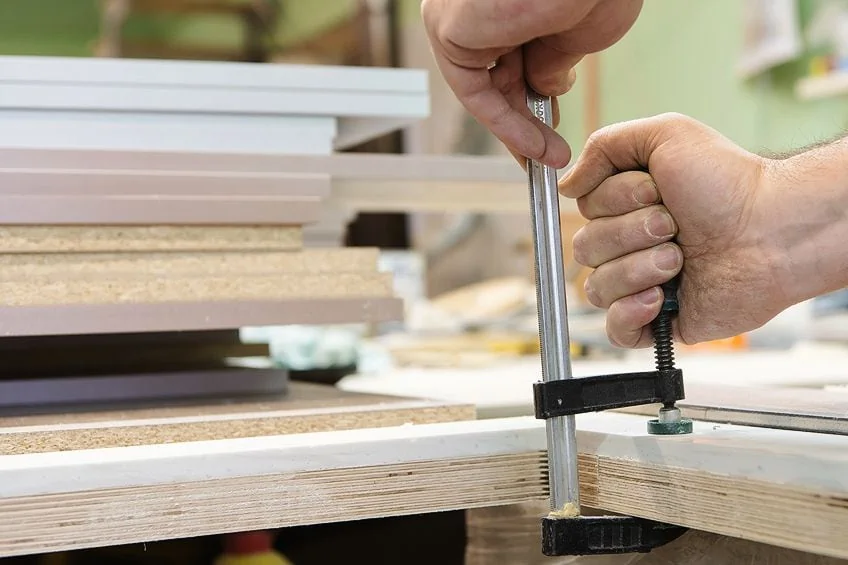
Failing to check the actual thickness of your plywood could result in your ruining a large part of (if not your entire) workpiece. Although it seems a bit silly, we should all keep in mind that in the world of mass production accuracy tends to fall by the wayside in the interest of satisfying the largest customer base. So, be prepared to do some detailed measuring if your next plywood project needs to be dead on board thickness. Here are a few of the common plywood board thickness sizes and their actual thicknesses to save you some time on your next workpiece:
| Plywood Thickness | Actual Thickness Post-Processing |
| 1/8 | 1/8 |
| ¼ | ¼ |
| 3/8 | 11/32 |
| ½ | 15/32 |
| 5/8 | 19/32 |
| ¾ | 23/32 |
| 11/8 | 11/8 |
| 1/4 | 11/4 |
This plywood thickness chart is one of many that you can find both in-store and on various websites around the world. Although, when it comes to using a plywood thickness chart you should always ensure that you use the unit of measurements being used as well as the region it’s been designed to correspond with are the ones you need. It’s an easy mistake to make and can be quite frustrating if you happen to misinterpret it.
The Tolerances of Plywood
So, by now you know that plywood comes in a variety of shapes and sizes, but did you know that it also comes in various grades and qualities? Plywood is made up of loads of layers of wood that have been glued and compressed on top of one another to form a “solid” wood board. However, the price and quality of plywood can vary considerably depending on the type of wood used to create it.

Different wood species being joined together imbues the plywood with certain characteristics depending on which species are present in its makeup. While tensile strength and weight do play a part in how plywood is priced, what really sets plywood boards apart from one another at price is what wood species and/or veneer is used in the topmost layers.
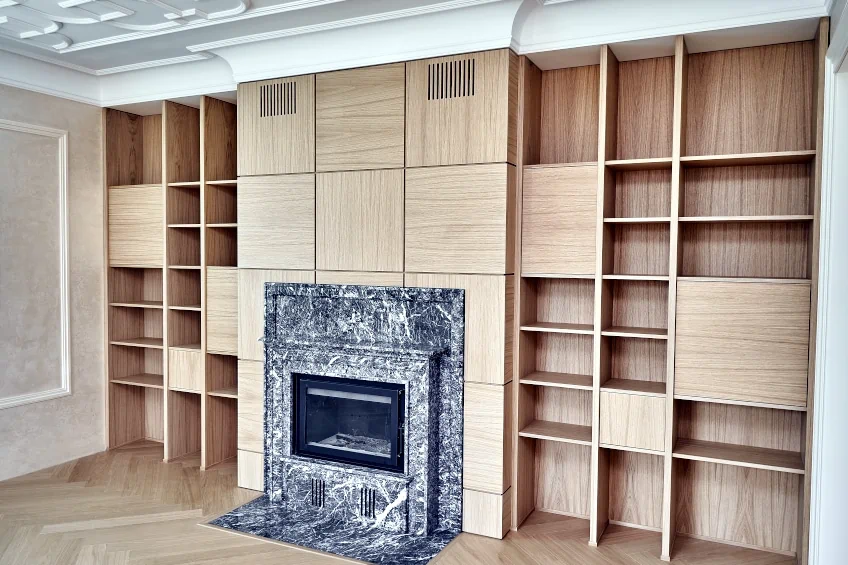
Why? Well, depending on the type of wood that has been used on the surface of the plywood it could have a high quality, aesthetically pleasing look. Or it could be intended for a more utilitarian application, in which case the top layers won’t be as good looking, and it won’t have any veneer finish on the surface, making it significantly cheaper.

You can get quite a bit of aesthetically low-end plywood for relatively cheap. This is why plywood is often used for mild load-bearing applications like furniture construction, as plywood with a lower quality finish has higher tolerances (dimensions), and therefore is abundant and cheap.
This being said, plywood with high-quality surface layers and/or high-end veneer finishes tend to have smaller tolerances due to how sought-after they are. As you’ve probably put together by now then, the same rules of supply and demand that apply to most other materials apply to plywood as well. After all, scarcity of a resource does make it a sellers’ market.
Now that you know what plywood is, what some of the common plywood sizes are in both imperial and metric measurements, as well as the thicknesses and tolerances of plywood, it’s time for you to get out there and put your new-found knowledge to the test. Remember to always check which unit of measurement your size charts are in and to ensure that your boards are the correct thickness before making a purchase.
Frequently Asked Questions
How Big Is a Sheet of Plywood?
How big is a sheet of plywood? Plywood sizes range considerably, but some of the most common sizes for plywood sheets are 4/8Ft, 5/5Ft, and 1/2Ft. These sizes are the most commonly used in DIY and construction applications.
What Is Plywood Good For?
With the exception of load-bearing functions, plywood can be made to fit nearly any application you need it for. It is stronger and more durable than fiberboard or particleboard, and much cheaper than solid wood. The addition of real wood veneer on plywood can make your workpieces to look exactly like hardwood at a fraction of the cost.
Is Plywood a Good Wood?
Objectively speaking, plywood is very good wood. Although it might not be held in the same esteem as solid wood, plywood is versatile, strong, flexible, durable, and can be fabricated to meet any number of characteristics you desire.

